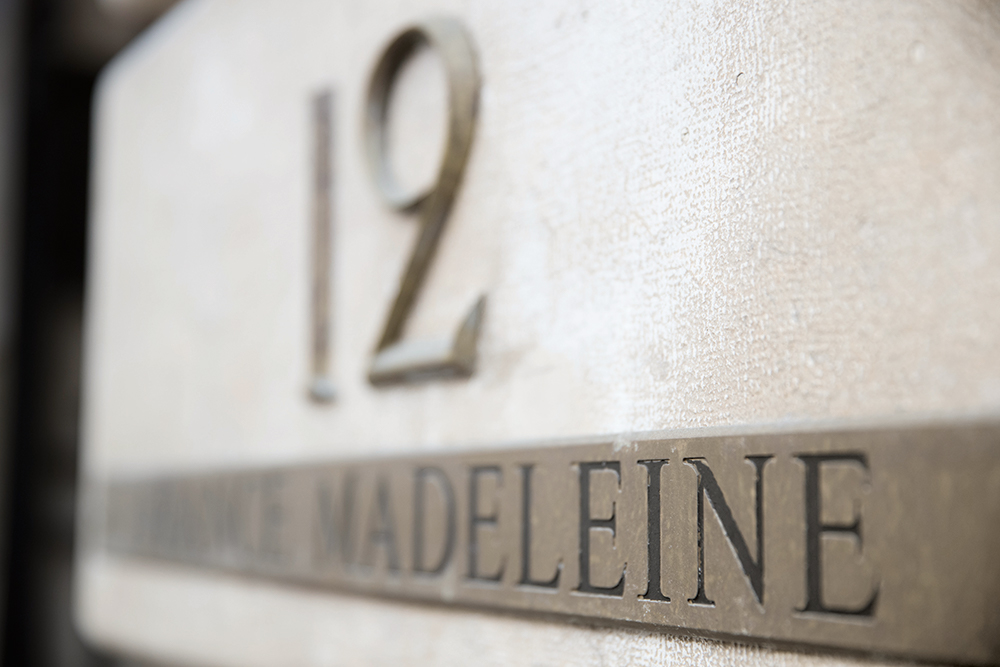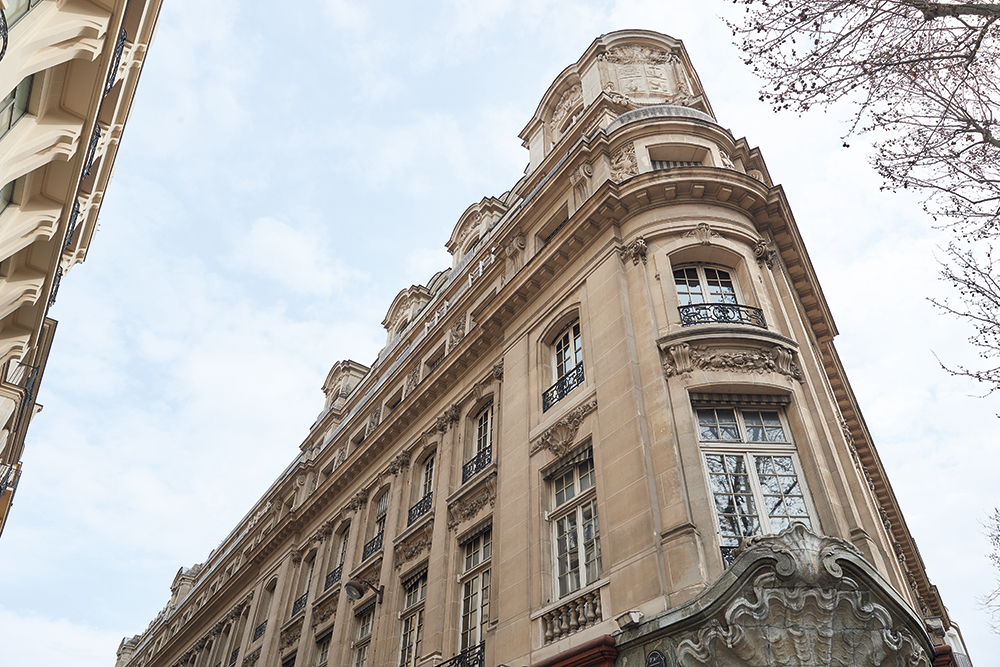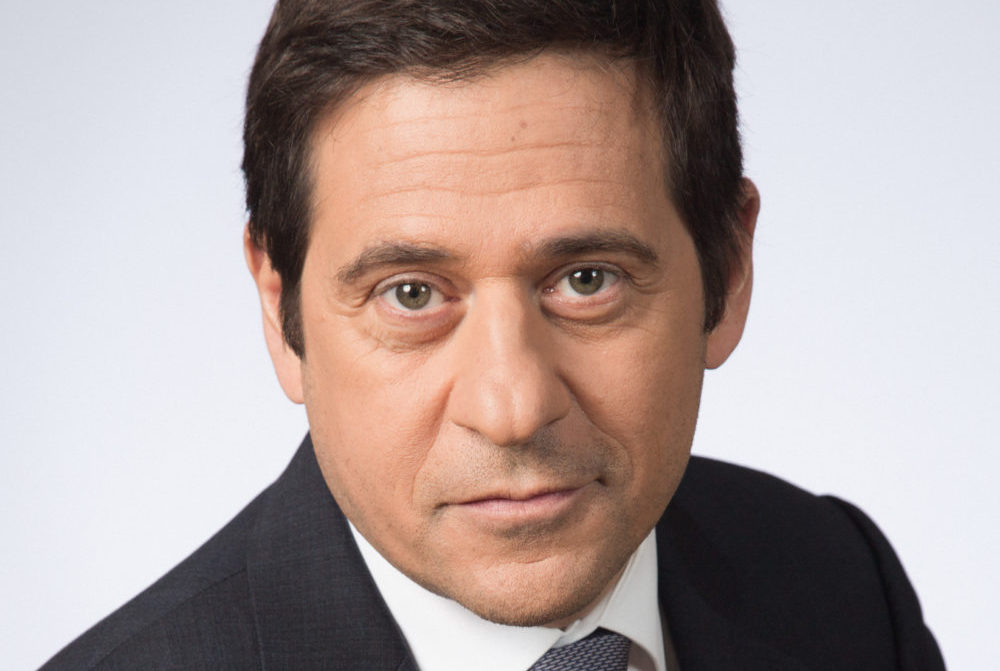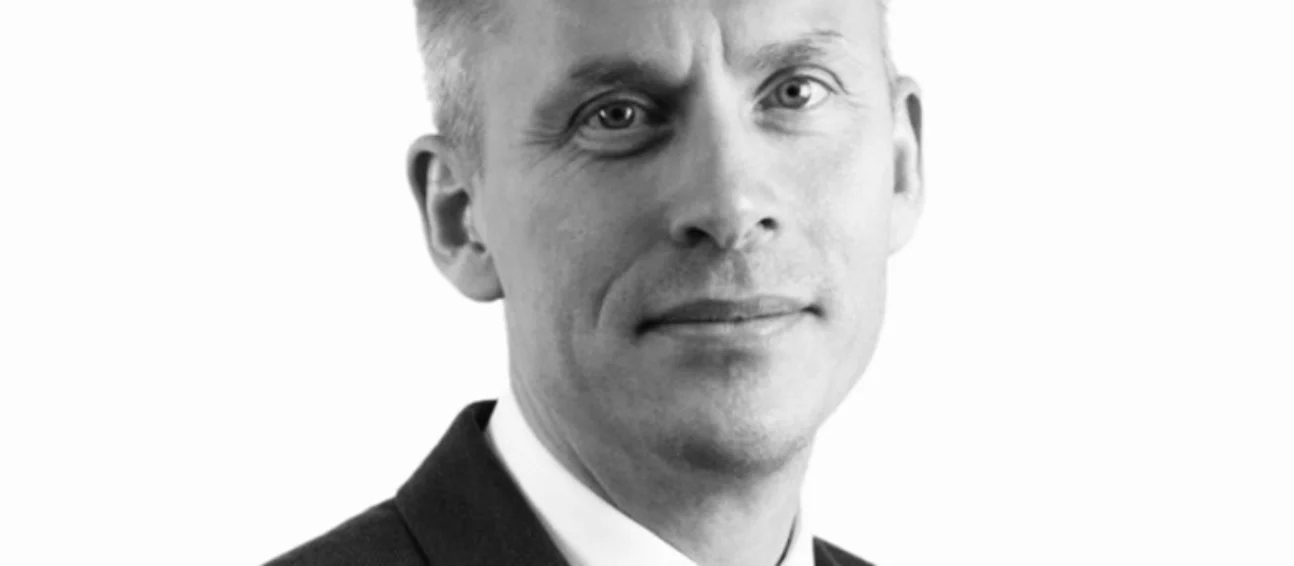By Hamlin Lovell, NordicInvestor
ODDO BHF Asset Management was one of the first companies to offer target-date fixed-income funds. In 2009, it launched its first target-date fund, and this past January, its 10th, ODDO BHF Haut Rendement 2025. Like its predecessors, this latest fund invests mainly in European high-yield bonds. As the fund matures at the end of 2025, only bonds maturing before 1 June 2026 are included in the portfolio.
NordicInvestor did a quick Q&A with Alain Krief who runs the strategy.
How does a target date fund compare with a traditional bond fund?
Krief: ODDO BHF Haut Rendement 2025 has no benchmark, as it has a target date. Whereas the residual portfolio maturity in traditional funds is more or less constant, in our funds it continually declines. All bonds that we buy will mature no later than half a year after the fund’s target date of 31 December 2025. The closer we get to this date, the shorter residual maturities will become, and the less risky the portfolio will be. The fund has recently performed like a single bond, even though it is heavily diversified in risk.
What is the return target?
Krief: It is an annual average of 4.5% gross of fees*, over the full life of the fund, but is likely to be higher in the earlier years. As short-dated bonds have lower returns than longer-dated ones, we should deliver higher returns in the first three years than in the last years.
Do returns come mainly from credit risk or interest rate risk?
Krief: The funds are positioned in such a way that interest-rate risk is relatively low and, in part, hedged. We would much rather bet on credit risk. Macro data are still OK; credit quality is less of an issue, thanks to the healthy economic environment. We believe companies are well-positioned, and default rates are low. Moody’s 12-month forecast to the end of 2018 is only 1.9 percent for global high-yield bonds.
Which credit ratings, geographies and sectors offer the “sweet spot” for your strategy?
Krief: Bond-picking is based on a fundamental approach. I am backed by an eight-person team of analysts. We seek out companies with sufficient free cash flow: bonds yielding 3 to 6 percent, so that the fund can target average annual returns of 4.5% percent gross of fees over its full life.
We invest in bonds rated between BB+ and CCC+, with the weighting of CCC+ bonds capped at 10 percent. But the main focus is on B-rated bonds, which account for about 70 percent of the portfolio. I very clearly prefer B bonds for their far higher yields. They continue to offer average yields of more than 5 percent. BB-rated bonds yield less than 3 percent. B bonds are also less interest-rate-sensitive.
Another 20 percent is invested in higher-rated – but also much lower-yielding – BB-rated bonds. As we also see greater interest-rate risk in these bonds, we have hedged them via Bund futures. When interest rates rise, BB-rated bonds will take a greater hit than B-rated ones. That’s what we want to hedge.
Alongside European bonds, over 15 percent of the portfolio is currently invested in US companies issuing bonds in euros. We are allowed to invest a total of up to 40 percent in non-European corporate bonds. Currency risk vs. the euro is hedged in all cases. We systematically hedge other currency risks, for example in our sterling-denominated bonds.
We have no particular country or sector preferences. We are currently rather well diversified.
Are you worried by increased volatility in credit markets?
Krief: Since the start of the year, yields on long-dated US government bonds have moved up further – a trend that has caused concern on European bond markets. Volatility has surged.
We don’t mind market volatility. The only thing that matters to us is that all companies in the portfolio can meet their interest payments and that we have no defaults. In-depth research into individual issuers, of which we recently had only about 130 in the portfolio, should help produce attractive returns and, more importantly, prevent something that could inflict lasting damage on the strategy’s success – defaults. We keep a very close eye on this, even after buying our bonds
Is this a “buy and hold” strategy?
Krief: It is not. Fund management is very active, not just during the subscription period but also one or two years thereafter. Portfolio turnover is currently 40 to 50 percent. During this period, we can also take part in the primary market, where many bonds are currently on offer. As a rule, they mature in five to seven years. In an ideal world, I would rather buy only high-quality bonds maturing at the end of 2025, but in reality this is not possible. The portfolio therefore has bonds maturing in 2022, 2023 or 2024. During the first two years we redeploy proceeds from these short-dated bonds into bonds maturing in 2025.
There are concerns about credit market liquidity. Does your part of the credit markets offer adequate liquidity?
Krief: We can buy and sell with no problems. I expect no liquidity crash in the near future. Low interest rates mean that the primary market is busy. Last year there was very heavy new issuance on the European high-yield market, at 70 billion dollars. Heavy issuance is also expected this year, but perhaps somewhat less so than in 2017. We are glad to take advantage of primary market opportunities in the fund’s very first years.
Are investors locked in until 2025?
Krief: When markets are performing well we normally recommend keeping the fund for three years. Then you can reorient yourself and reinvest in higher-yielding longer maturities. For example, for investors in our Haut Rendement 2021 fund it would probably be a good idea to switch to the current fund now or in the next few months. But during times of market stress, a target-date fund provides greater security and you should stay till the end when the bonds are repaid. The remaining risk is then default risk. But our extensive research into individual bonds has prepared us well to deal with this risk.
*No assurance can be given that the investment goals can be reached





